Customizable Furniture: Exploring the growing trend of personalization in modern furniture, allowing customers to tailor their furniture to their own tastes and needs.
In recent years, the world of modern furniture has seen a significant shift towards customization, allowing customers to personalize their furniture to suit their unique tastes, preferences, and functional requirements. This growing trend has resulted in an increased demand for customizable furniture, with more and more manufacturers and designers offering personalized solutions to meet the diverse needs of their clients. In this extensive blog post, we will delve into the world of customizable furniture, exploring the various facets of this emerging trend and discussing the benefits and challenges associated with personalized furniture design.

- The Rise of Customization in Modern Furniture Design
The increasing demand for personalized furniture can be attributed to several factors, including the desire for uniqueness, the need for adaptability, and the importance of self-expression. In today's fast-paced, ever-changing world, people are increasingly seeking products that can cater to their individual needs and preferences, allowing them to express their personality and create spaces that truly reflect their identity.
This shift in consumer preferences has led to the emergence of a new design paradigm, with an emphasis on customization and personalization. As a result, furniture designers and manufacturers are constantly exploring new ways to create customizable furniture pieces that offer both style and functionality, while also catering to the specific requirements of their clients.
- The Benefits of Customizable Furniture
Customizable furniture offers a range of benefits for both consumers and manufacturers, making it an attractive proposition for all parties involved. Some of the key advantages of personalized furniture include:
a. Uniqueness and Individuality: Customizable furniture allows customers to create one-of-a-kind pieces that truly reflect their personal style and preferences. This results in a greater sense of ownership and pride, as well as a more meaningful connection between the user and their furniture.
b. Adaptability: Personalized furniture can be tailored to fit the unique requirements of a particular space or user, ensuring that it seamlessly integrates with its surroundings and meets the functional needs of its intended purpose.
c. Longevity: Customizable furniture tends to have a longer lifespan than mass-produced, off-the-shelf pieces, as it is often made from high-quality materials and constructed with greater attention to detail. Furthermore, customizable furniture can be easily updated or altered to suit changing tastes and requirements, ensuring that it remains relevant and useful over time.
d. Environmental Benefits: Personalized furniture can contribute to more sustainable consumption patterns, as it encourages customers to invest in high-quality, durable pieces that can be adapted and updated over time, rather than opting for disposable, mass-produced items.
- Types of Customizable Furniture
Customizable furniture can take many forms, ranging from simple modifications to existing designs to fully bespoke creations that are designed and built from scratch. Some of the most common types of customizable furniture include:
a. Made-to-Measure Furniture: This type of customizable furniture involves modifying the dimensions of an existing design to fit a specific space or user requirement. This can include adjustments to the height, width, or depth of a piece, as well as the addition or removal of certain features, such as storage compartments or shelving.
b. Modular Furniture: Modular furniture systems are designed with flexibility and adaptability in mind, allowing users to configure and reconfigure their furniture to suit their changing needs and preferences. Modular furniture typically consists of a series of interchangeable components that can be easily assembled, disassembled, and rearranged to create different layouts and configurations.
c. Material and Finish Customization: Many furniture designers and manufacturers offer customers the option to choose from a range of materials and finishes for their furniture, allowing them to create pieces that perfectly complement their existing décor and personal style.
d. Bespoke Furniture: Bespoke furniture refers to fully customized pieces that are designed and built from scratch, based on the specific requirements and preferences of the customer. This type of furniture often involves close collaboration between the client, designer, and craftspeople, resulting in a truly one-of-a-kind piece that is tailor-made for its intended purpose and user.

- Customization Options in Modern Furniture Design
With the growing demand for personalized furniture, designers and manufacturers are continually exploring new ways to offer customization options to their clients. Some of the most popular customization options available in modern furniture design include:
a. Color and Pattern: Many furniture manufacturers now offer a wide range of color and pattern options for their products, allowing customers to choose the perfect hue or print to match their existing décor and personal style.
b. Upholstery and Textiles: Customizable upholstery options give customers the opportunity to select the ideal fabric or leather for their furniture, ensuring that it is both comfortable and visually appealing.
c. Hardware and Accessories: Customizable hardware and accessories, such as drawer pulls, knobs, and handles, allow customers to add a personal touch to their furniture, elevating its overall aesthetic and making it truly unique.
d. Smart Furniture: As technology continues to advance, many furniture designers are incorporating smart features into their customizable products, allowing customers to tailor their furniture to their specific needs and preferences. This can include features such as built-in charging ports, adjustable lighting, or integrated storage solutions.

- The Process of Customizing Furniture
The process of customizing furniture can vary depending on the type of customization involved and the level of personalization desired. However, the general process typically involves the following steps:
a. Consultation: The first step in the customization process involves discussing the client's needs, preferences, and requirements with a designer or sales representative. This may involve reviewing existing designs, discussing potential modifications, or exploring entirely new design concepts.
b. Design Development: Once the client's needs and preferences have been established, the designer will begin to develop a custom design that meets these criteria. This may involve creating sketches, 3D renderings, or physical models to help the client visualize the final product.
c. Material Selection: During the design development phase, the client will also have the opportunity to choose from a range of materials, finishes, and upholstery options, ensuring that their custom furniture perfectly aligns with their personal style and existing décor.
d. Production: Once the design and material selections have been finalized, the custom furniture piece will be built by skilled craftspeople using a combination of traditional and modern techniques. This process may take anywhere from a few weeks to several months, depending on the complexity of the design and the level of customization involved.
e. Delivery and Installation: Once the custom furniture piece has been completed, it will be delivered to the client's home and installed as needed, ensuring that it fits seamlessly into its intended space and meets the client's expectations.
- Challenges Associated with Customizable Furniture
While there are numerous benefits associated with customizable furniture, there are also some challenges that both consumers and manufacturers must contend with. Some of the key challenges include:
a. Cost: Customizable furniture tends to be more expensive than mass-produced, off-the-shelf options, due to the additional labor, materials, and expertise required to create personalized pieces. However, many consumers are willing to invest in high-quality, unique furniture that meets their specific needs and preferences.
b. Time: The process of customizing furniture can be time-consuming, particularly when it comes to bespoke designs that are created from scratch. Clients should be prepared to wait several weeks or even months for their custom furniture pieces to be completed.
c. Complexity: The process of customizing furniture can be complex, particularly for clients who are unfamiliar with design terminologyand concepts. It is essential for both the designer and the client to communicate effectively and clearly to ensure that the final product meets the client's expectations and requirements.
d. Limited Options: While the range of customization options available in modern furniture design has expanded significantly in recent years, there may still be limitations depending on the specific manufacturer or designer. Some companies may only offer a limited selection of materials, finishes, or design options, making it difficult for clients to achieve their desired level of personalization.
- The Future of Customizable Furniture
As consumer preferences continue to evolve, the demand for customizable furniture is expected to grow, with more and more designers and manufacturers embracing the trend of personalization. The future of customizable furniture may include:
a. Advances in Technology: Technological advancements, such as 3D printing and augmented reality, are likely to play a significant role in the future of customizable furniture, allowing designers to create more intricate and personalized designs, while also streamlining the production process.
b. Increased Accessibility: As the popularity of customizable furniture continues to rise, it is likely that more affordable and accessible options will become available, making personalized furniture an option for a wider range of consumers.
c. Sustainable Materials and Production Methods: As environmental concerns become increasingly important, the use of sustainable materials and production methods will likely become more prevalent in the world of customizable furniture, further enhancing the appeal of personalized pieces for eco-conscious consumers.
d. Collaborative Design Platforms: The future of customizable furniture may also see the emergence of collaborative design platforms that enable customers to work directly with designers and manufacturers to create personalized furniture pieces. This would not only simplify the customization process but also foster a greater sense of connection between the client, designer, and craftspeople involved in the creation of the furniture.
The growing trend of personalization in modern furniture design reflects the increasing desire among consumers for unique, adaptable, and expressive pieces that cater to their individual tastes and needs. With a vast array of customization options available, clients now have the opportunity to create one-of-a-kind furniture pieces that not only serve a functional purpose but also make a statement about their personal style and identity.
As we continue to explore the possibilities of customizable furniture, it is essential to recognize the importance of balancing form, function, and aesthetics, as well as the need for sustainable and eco-friendly production methods. By embracing these principles, the world of modern furniture design can continue to evolve and adapt to the ever-changing needs and preferences of its consumers, ensuring a bright and innovative future for the industry.


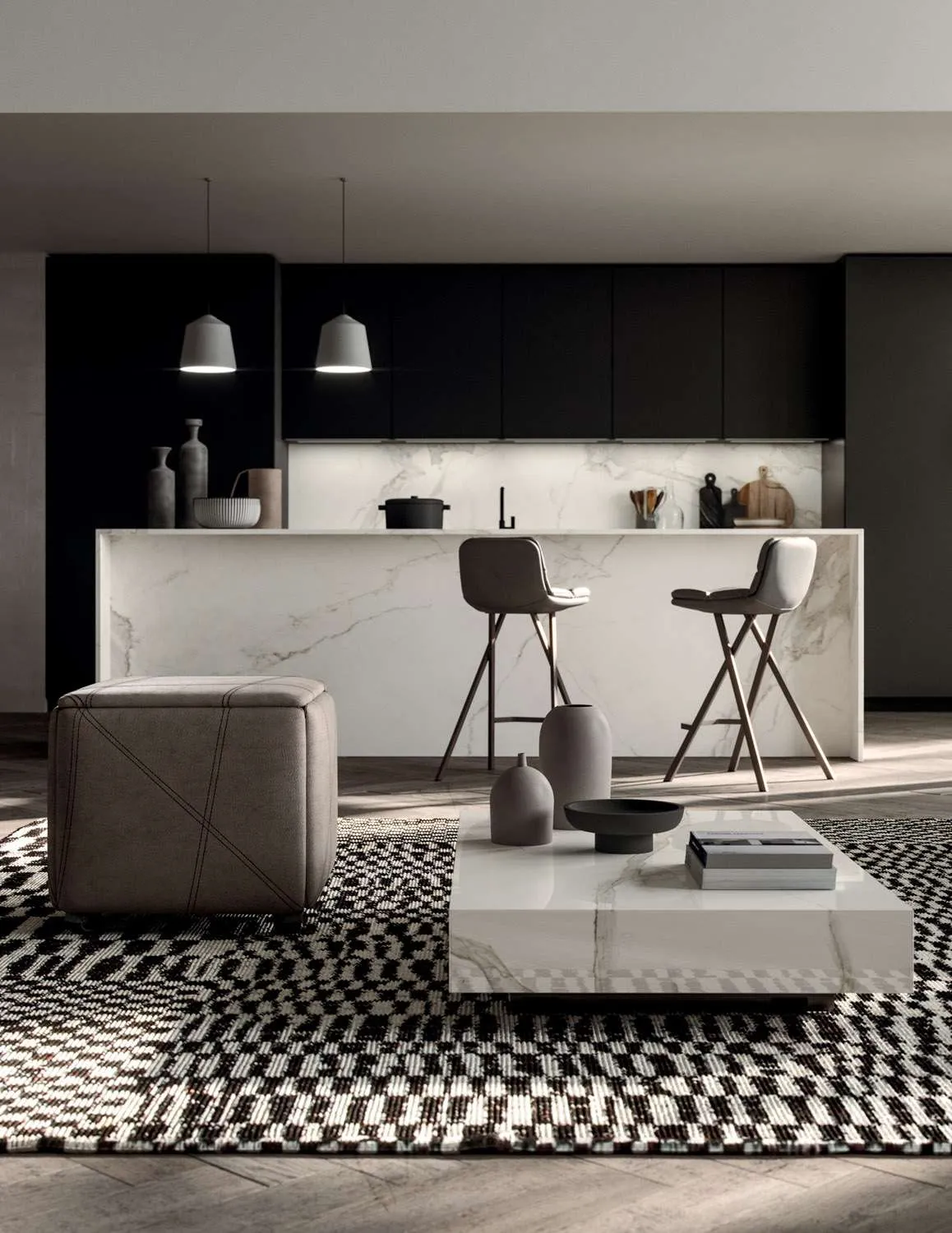
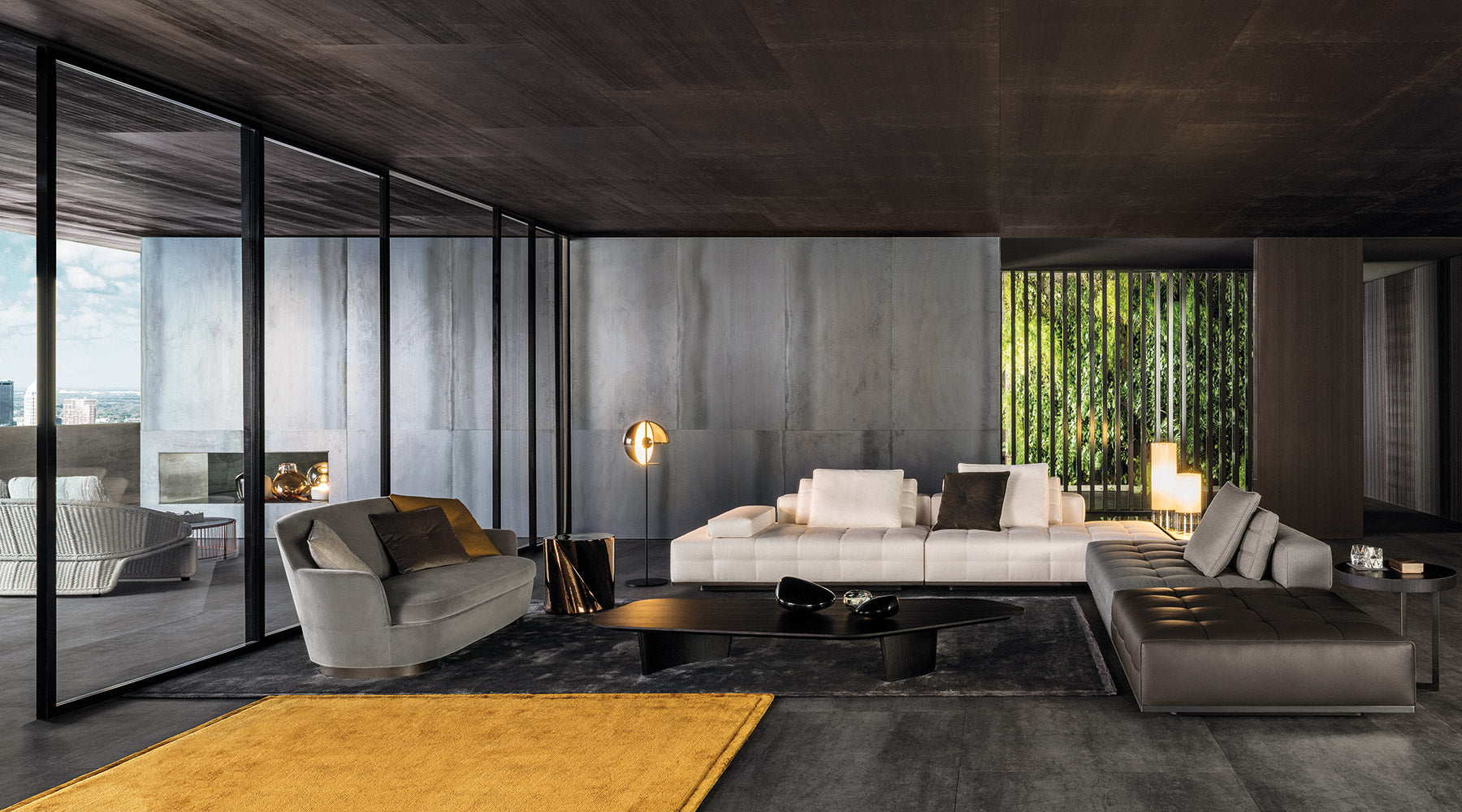
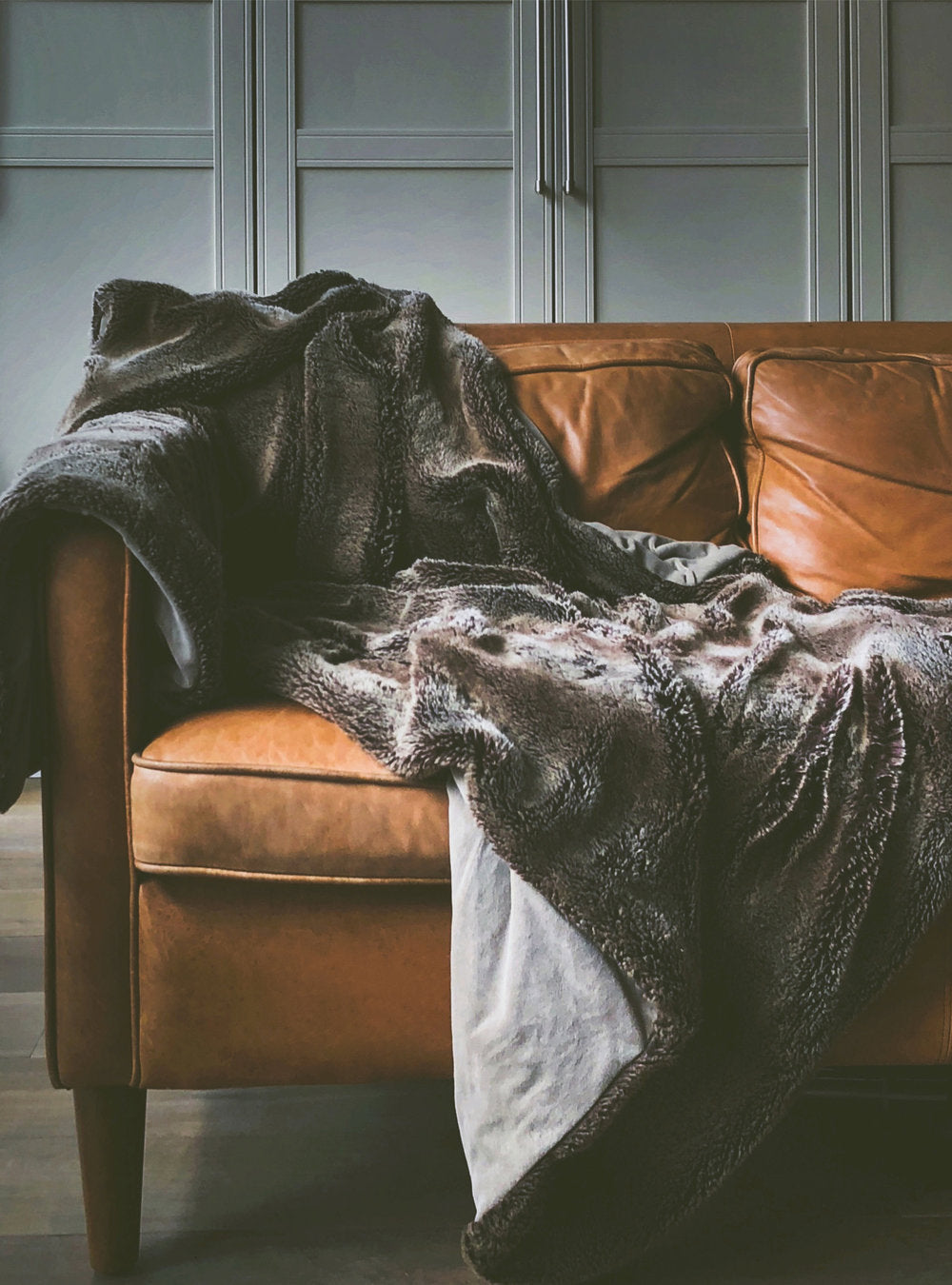
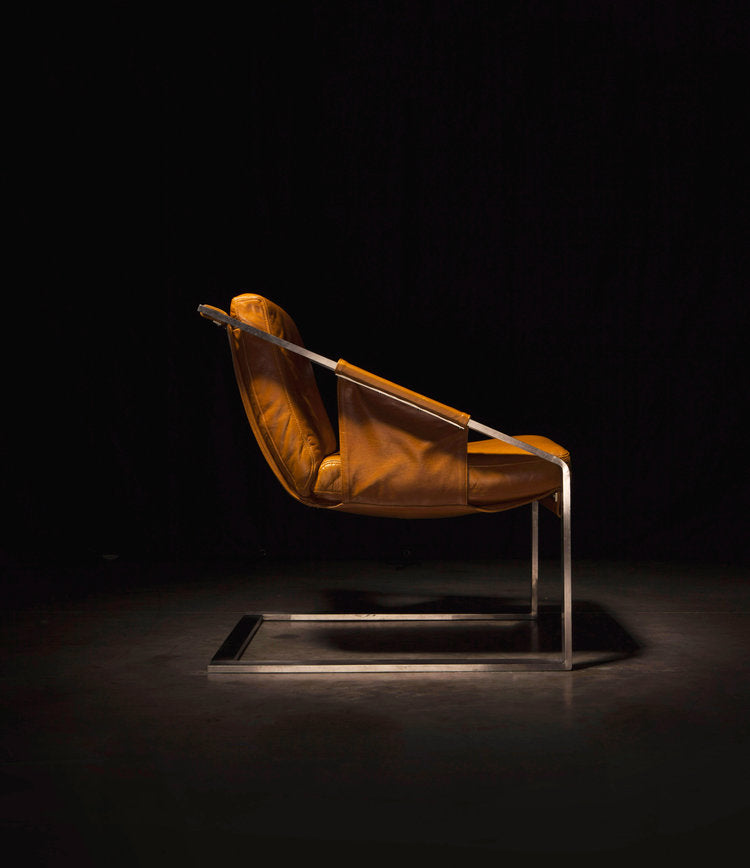
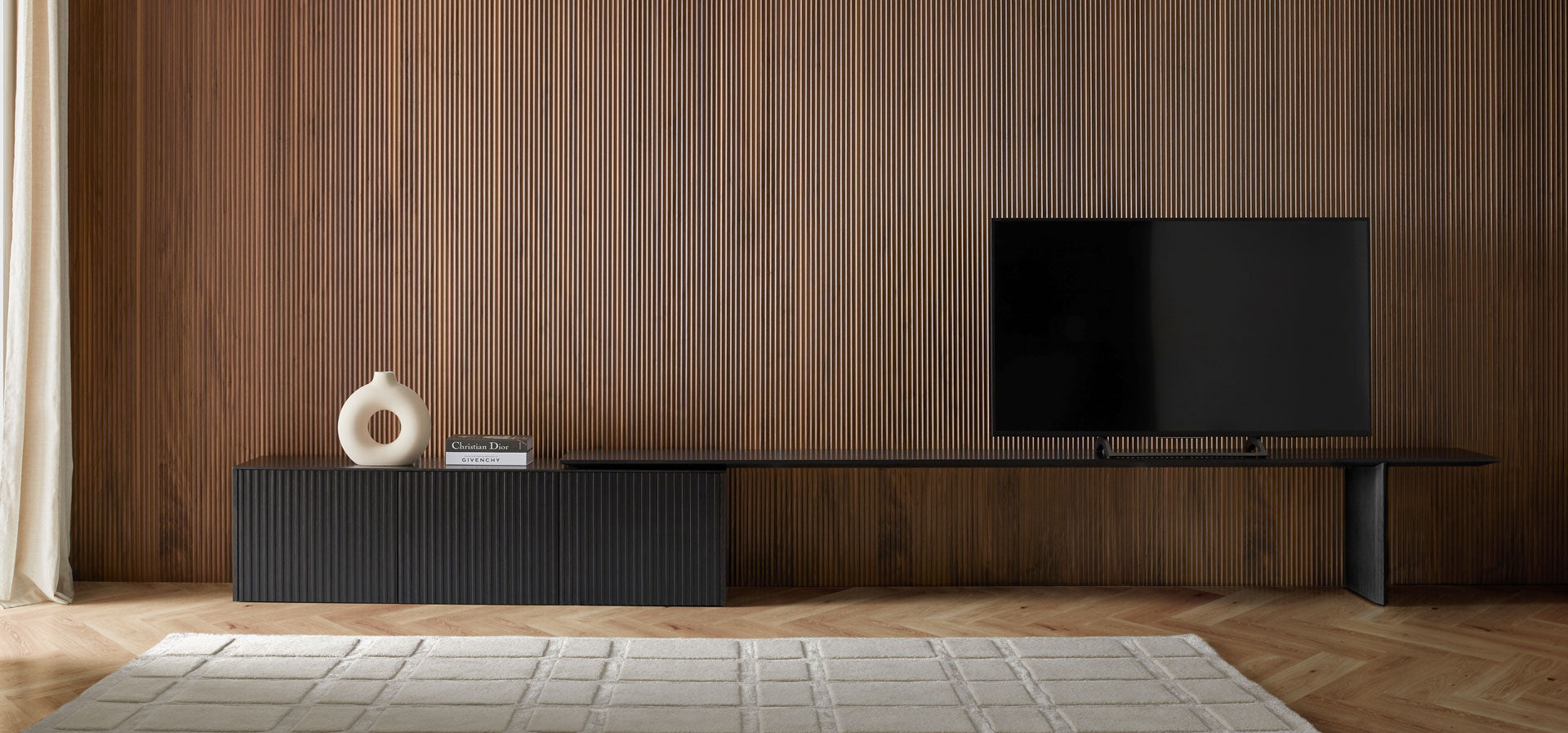
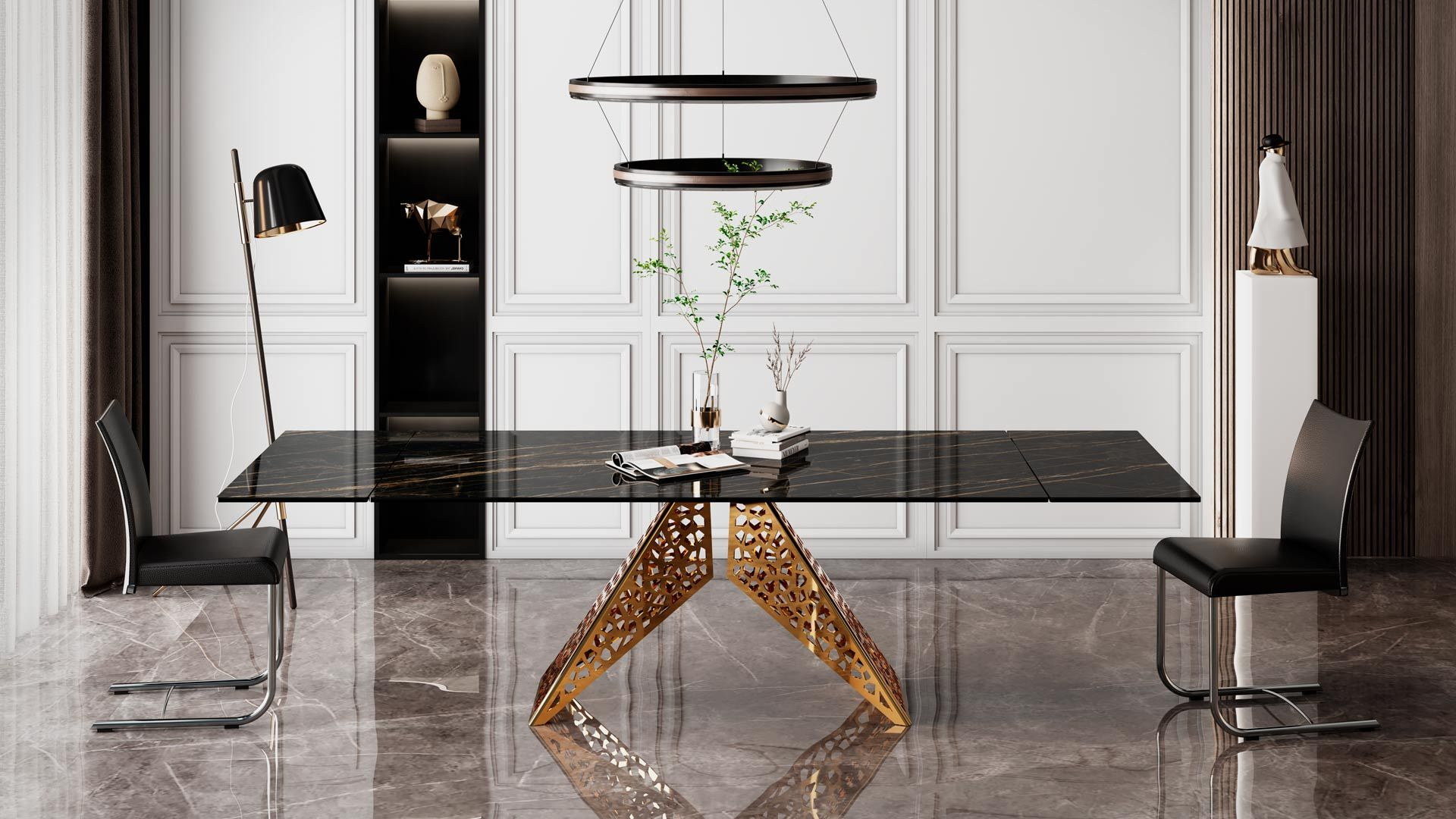
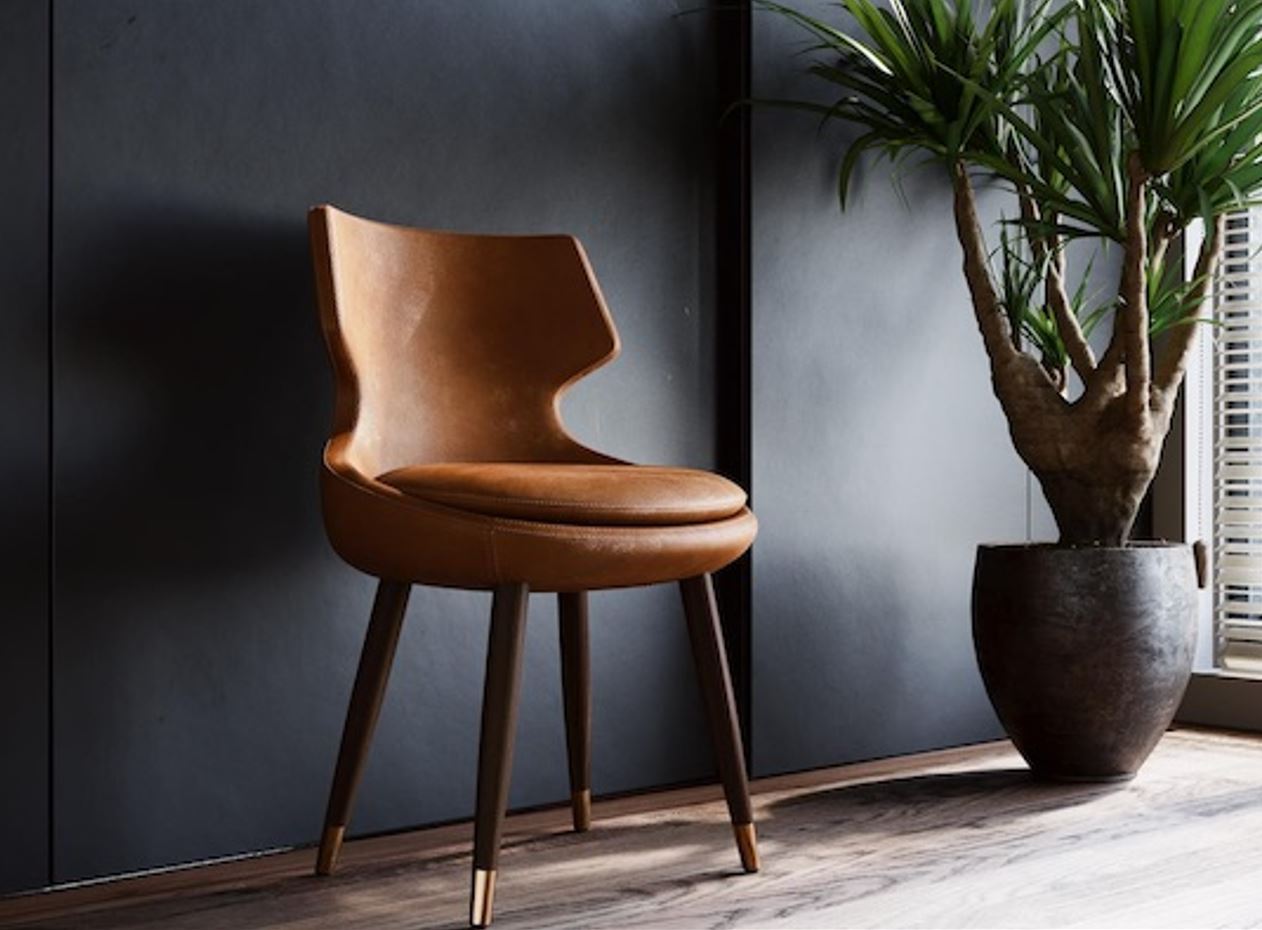
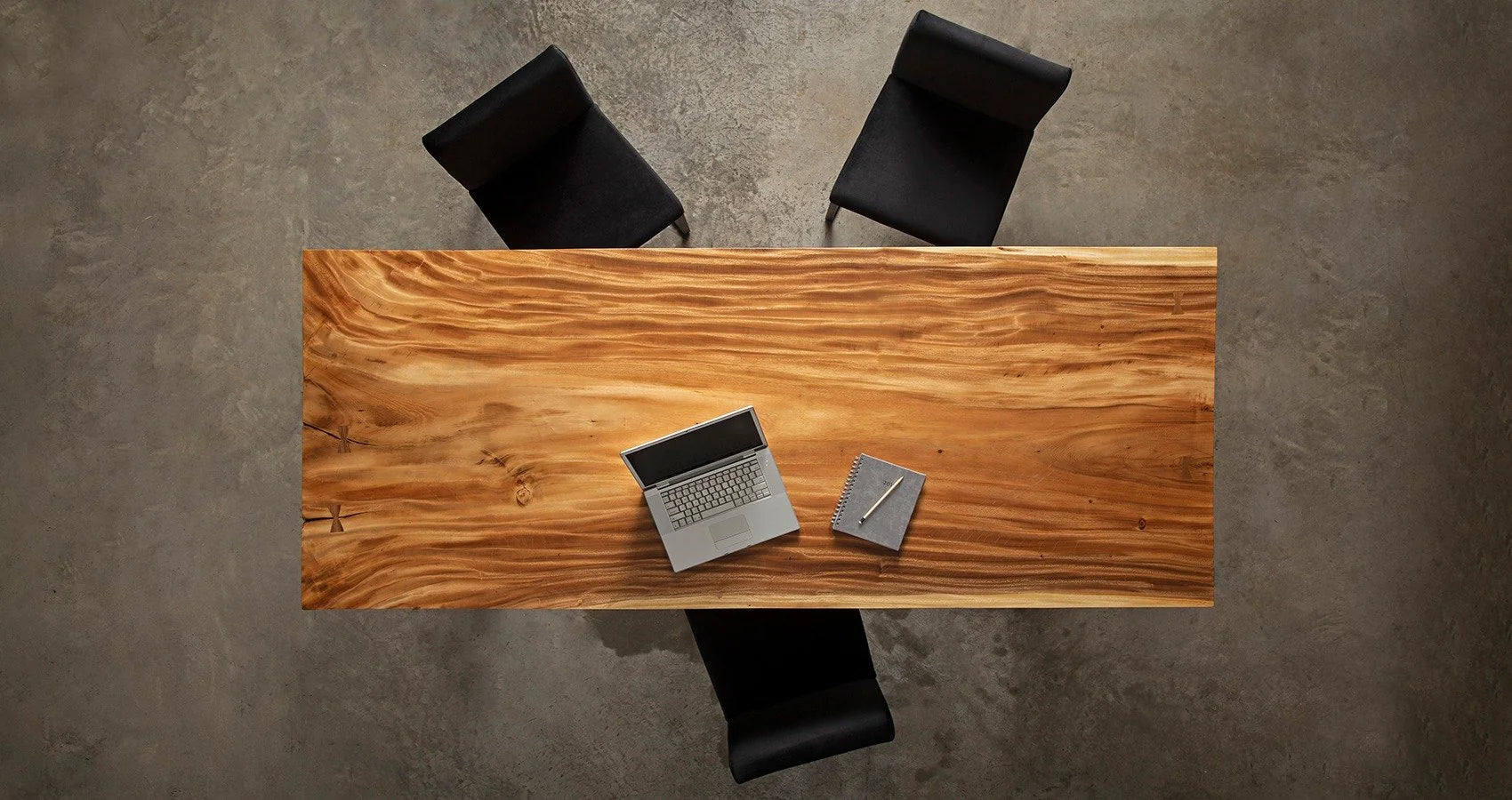
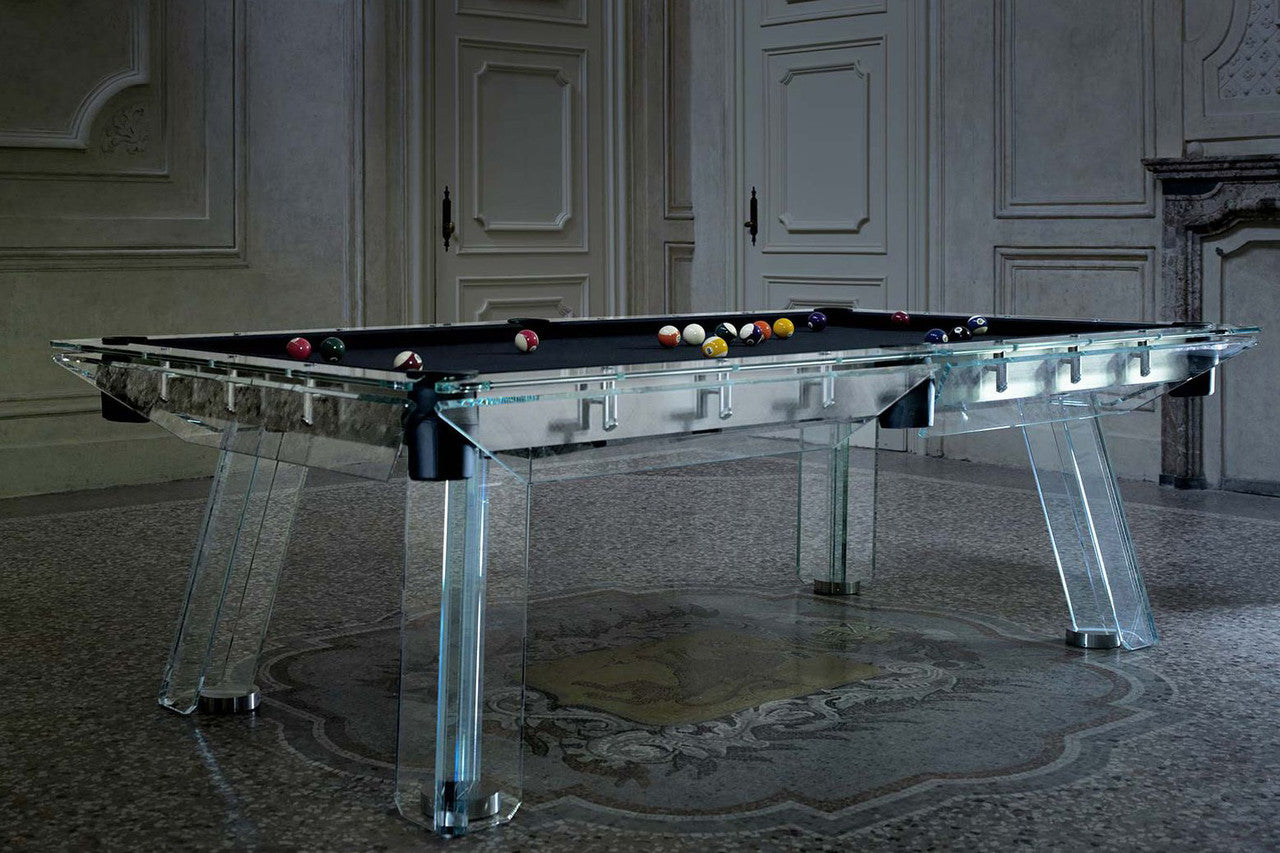
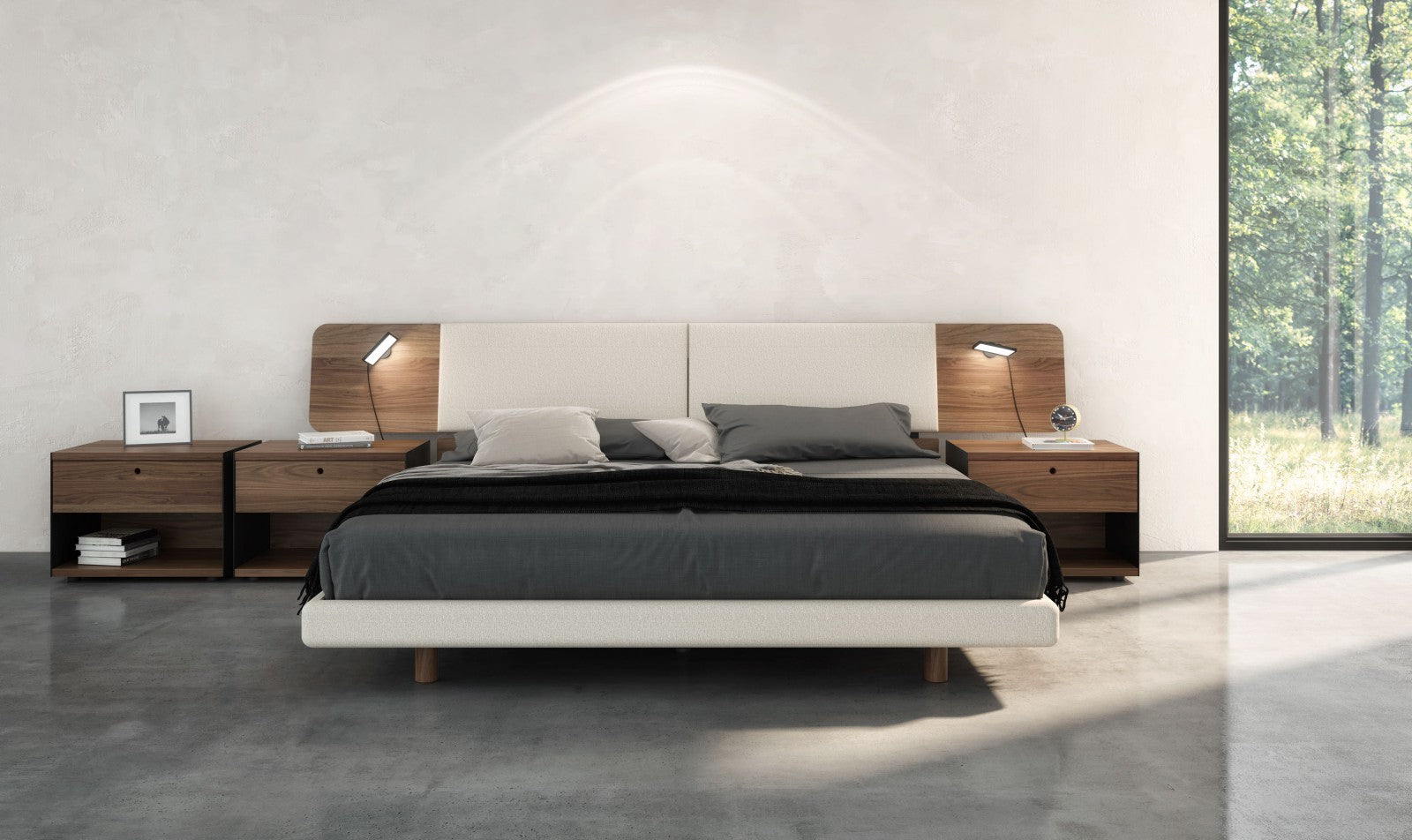
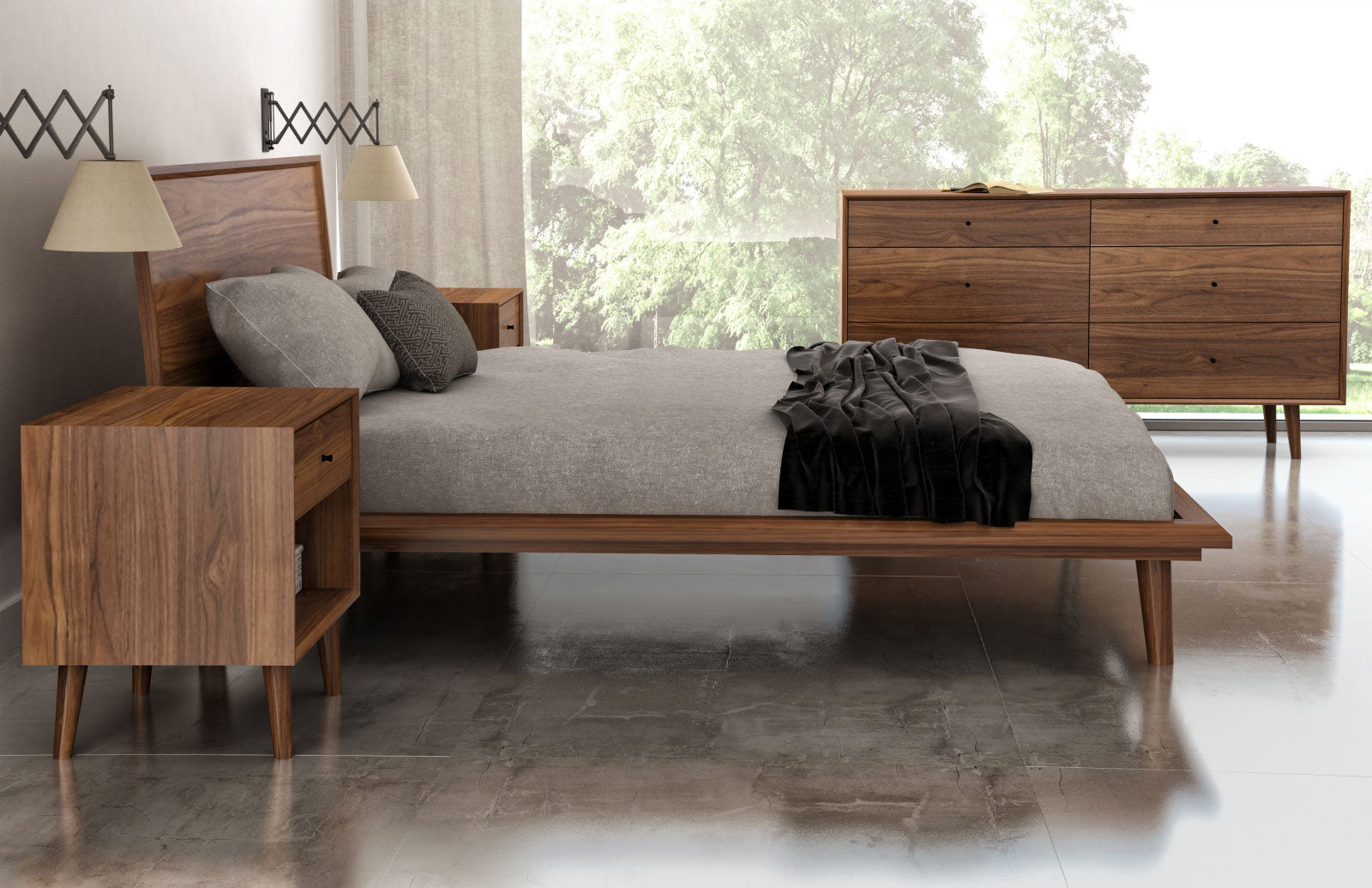
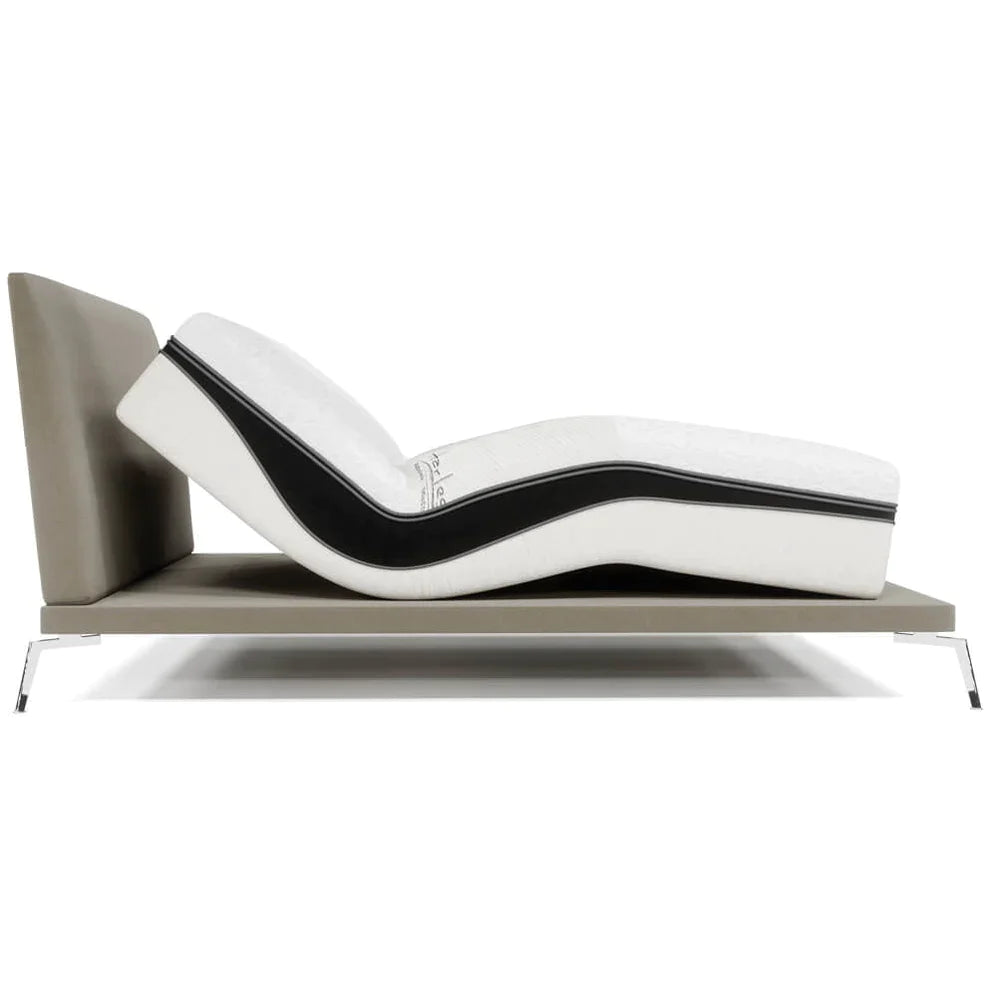
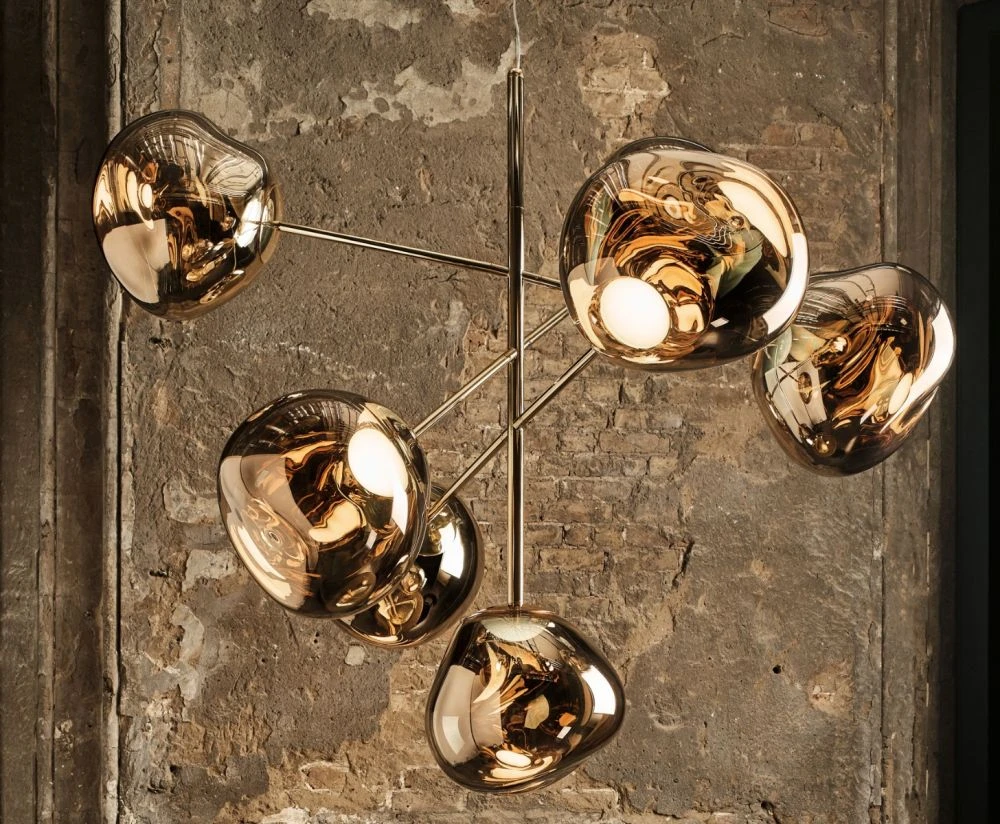
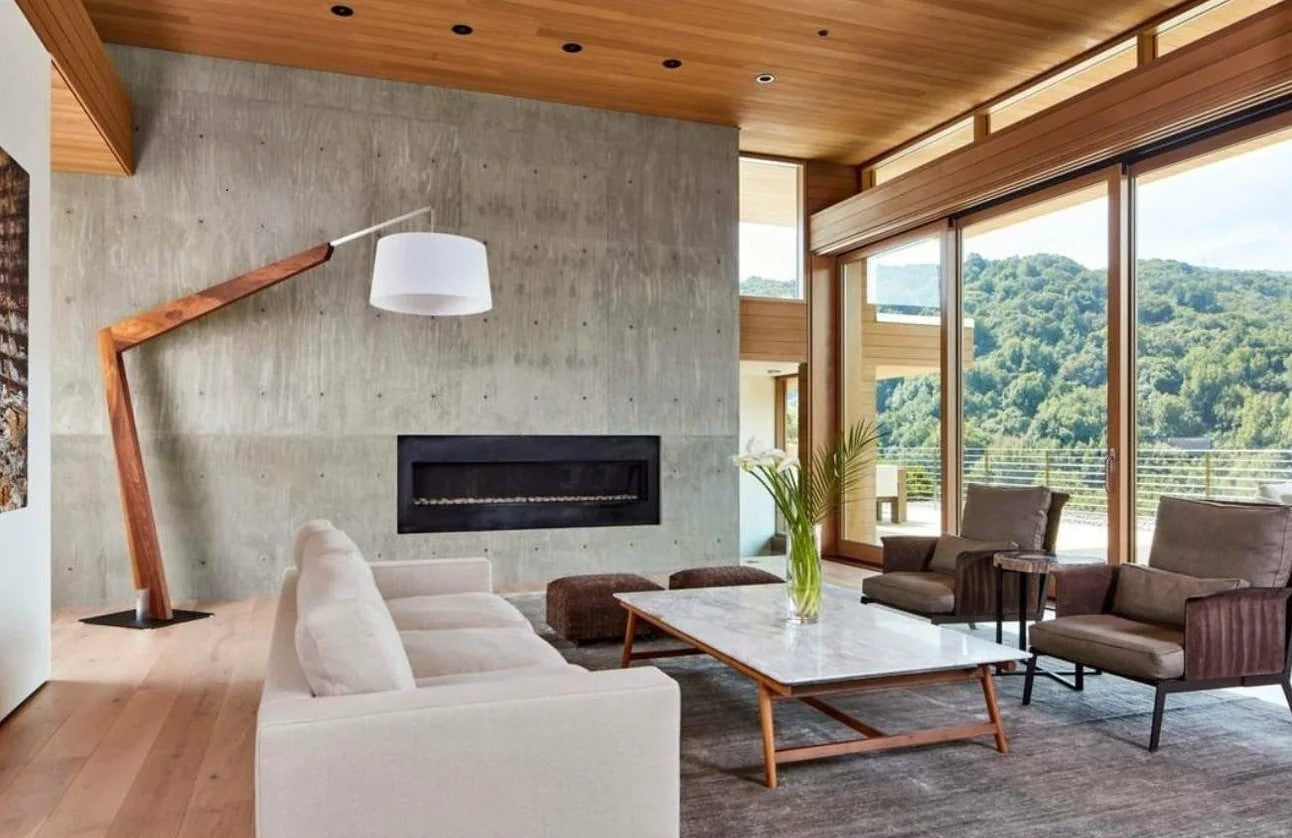
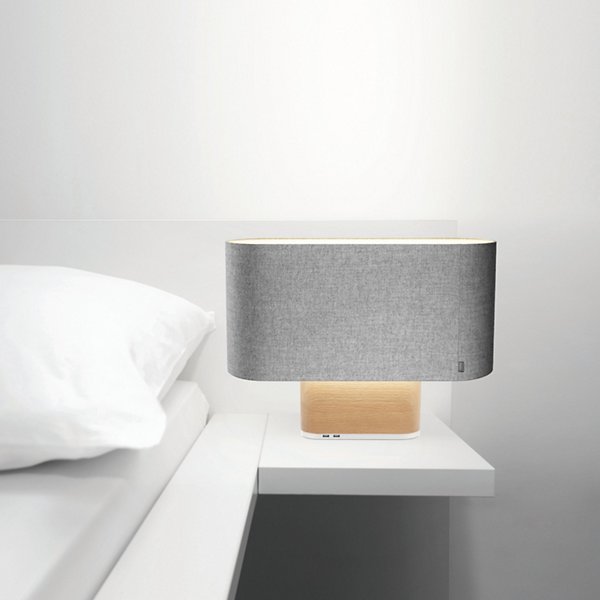
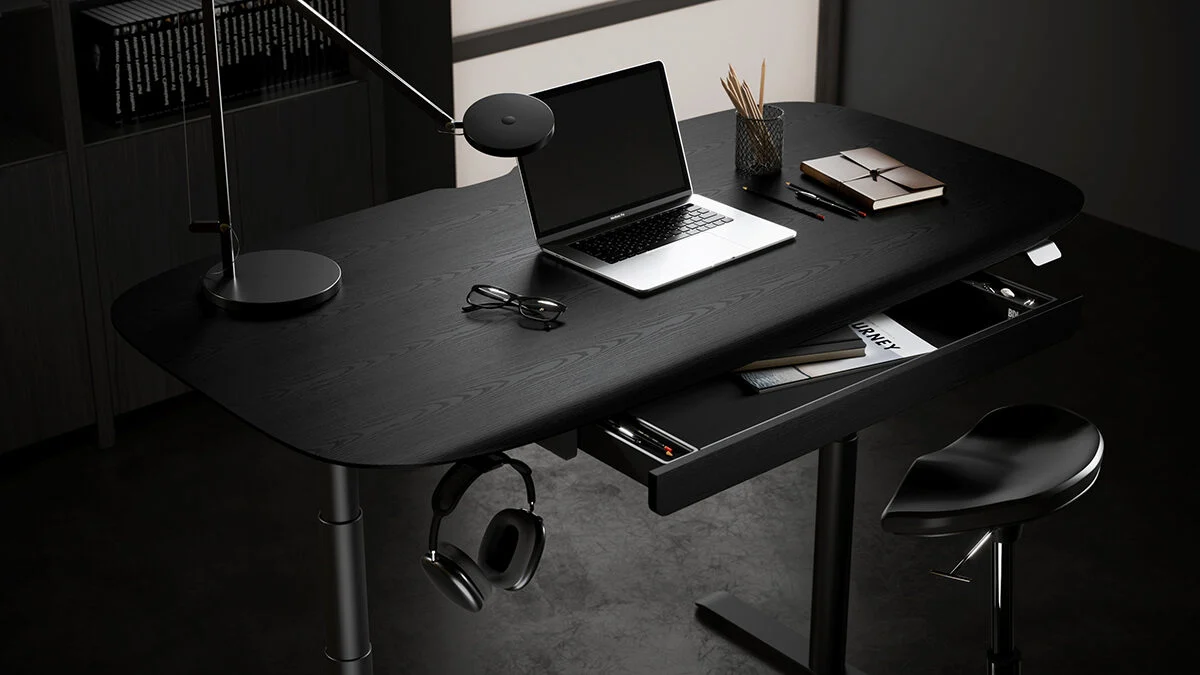

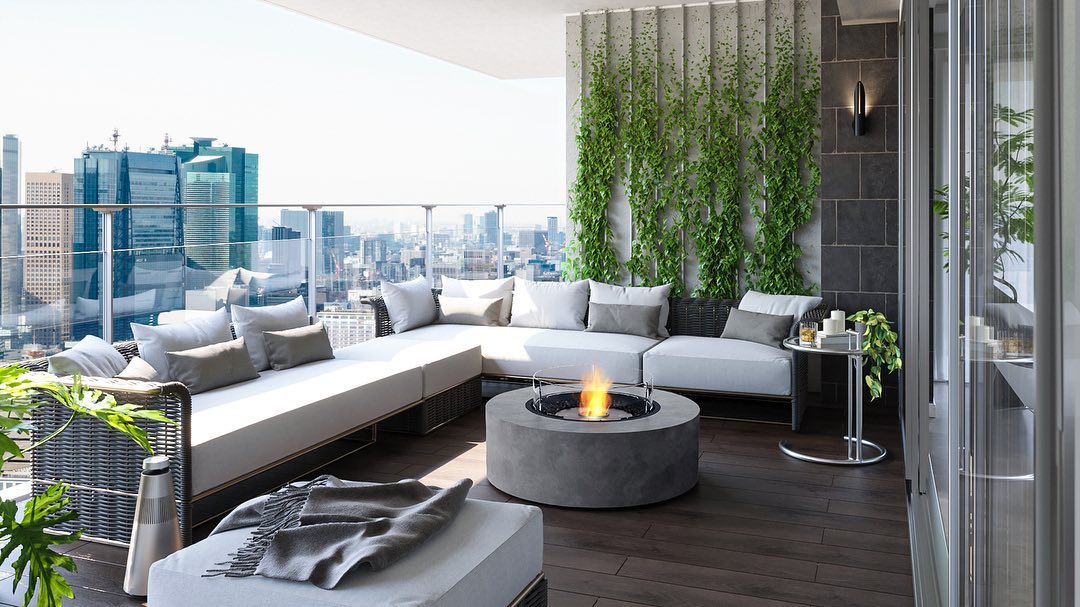
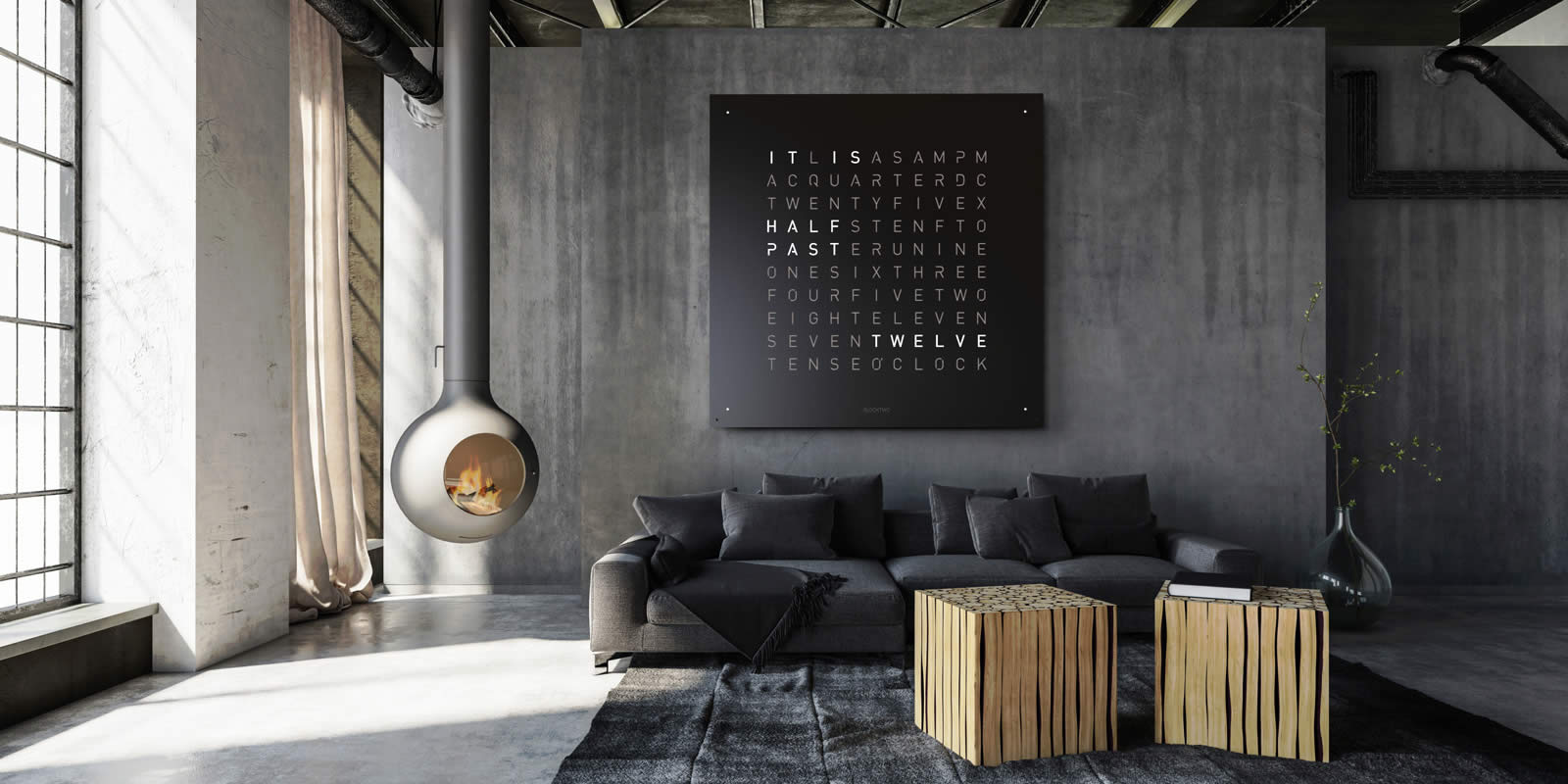
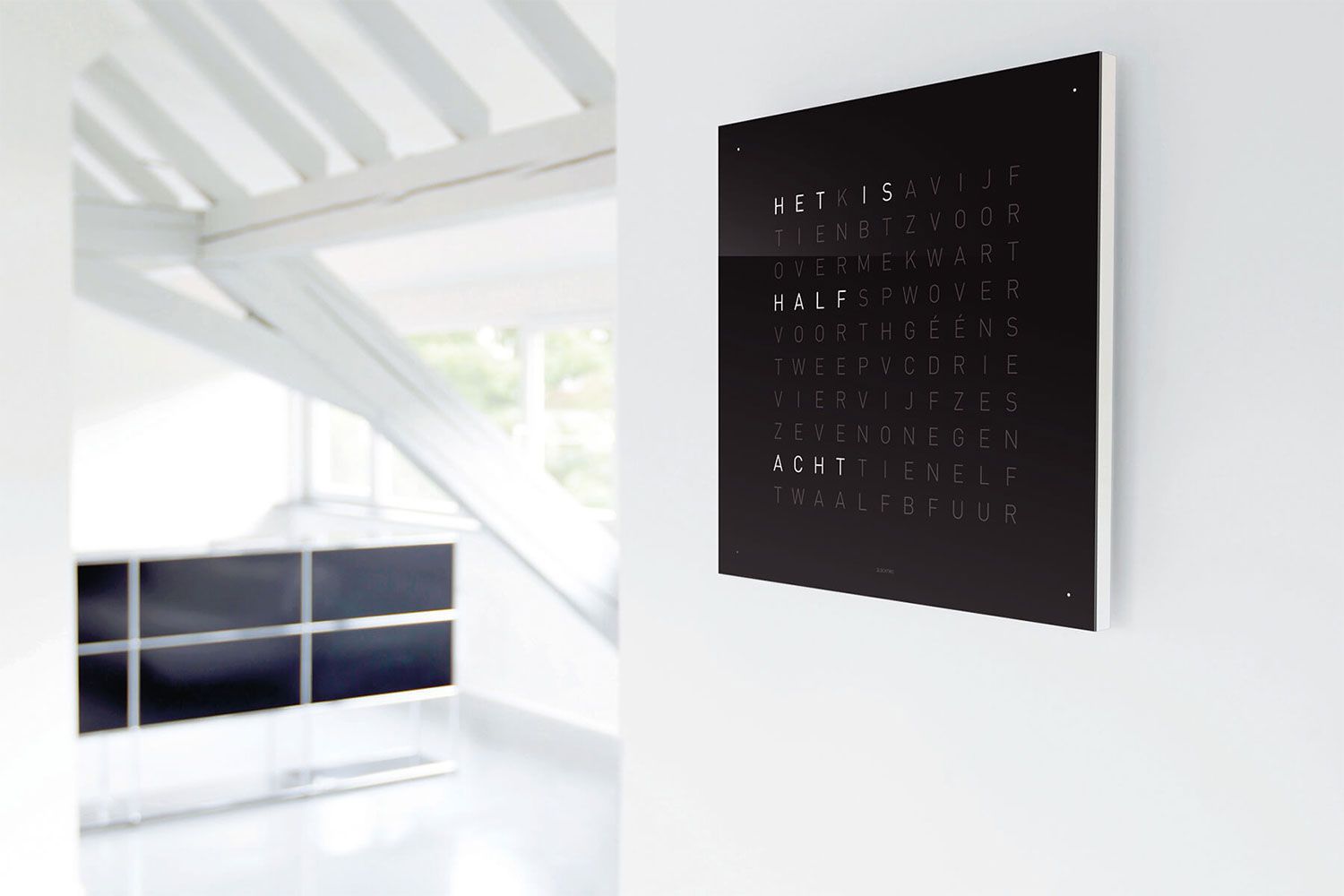

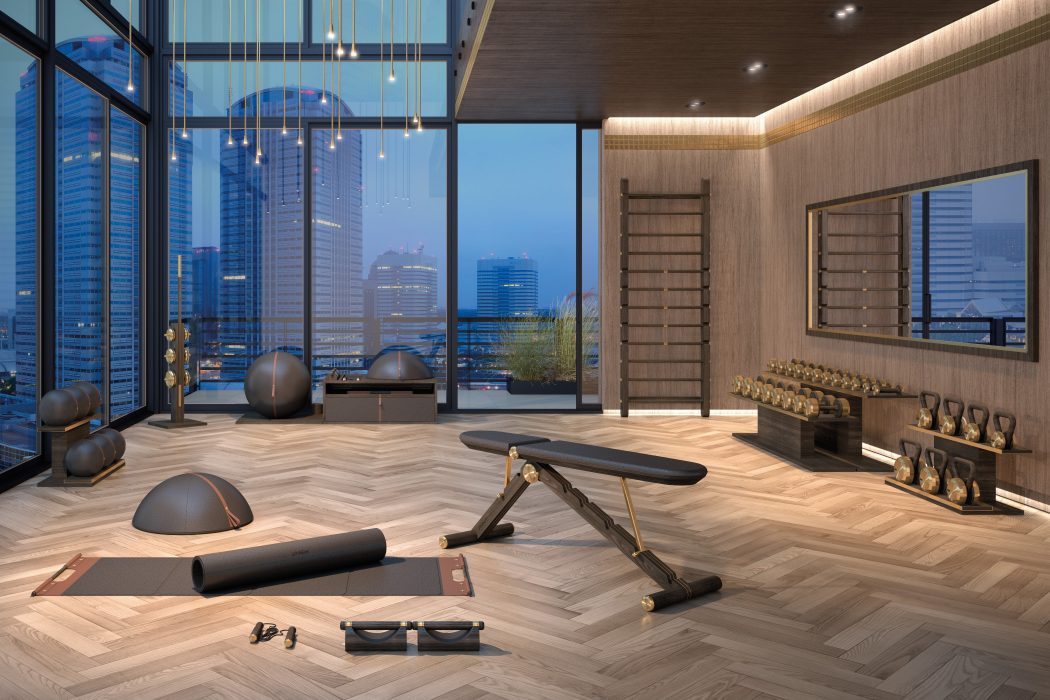
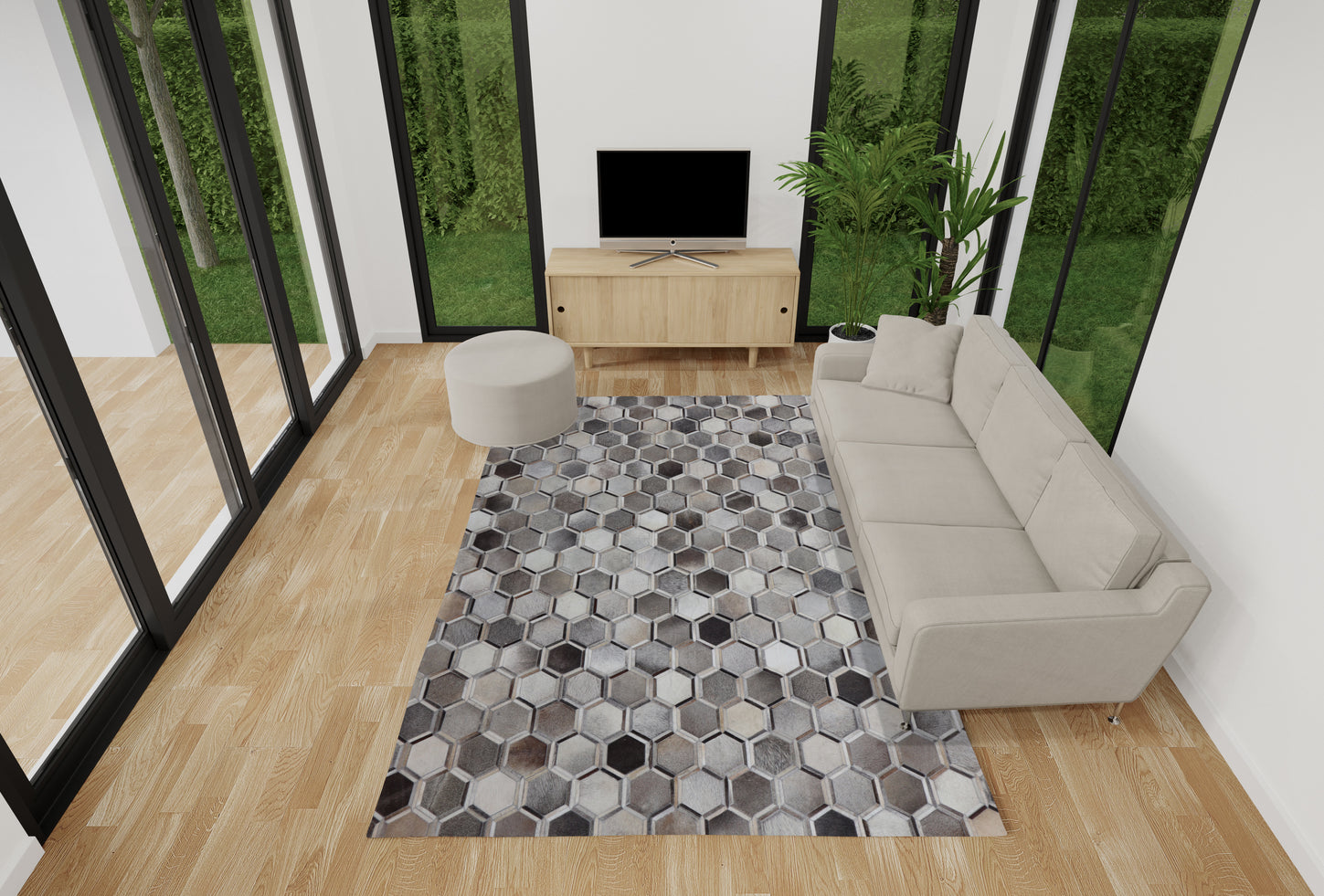
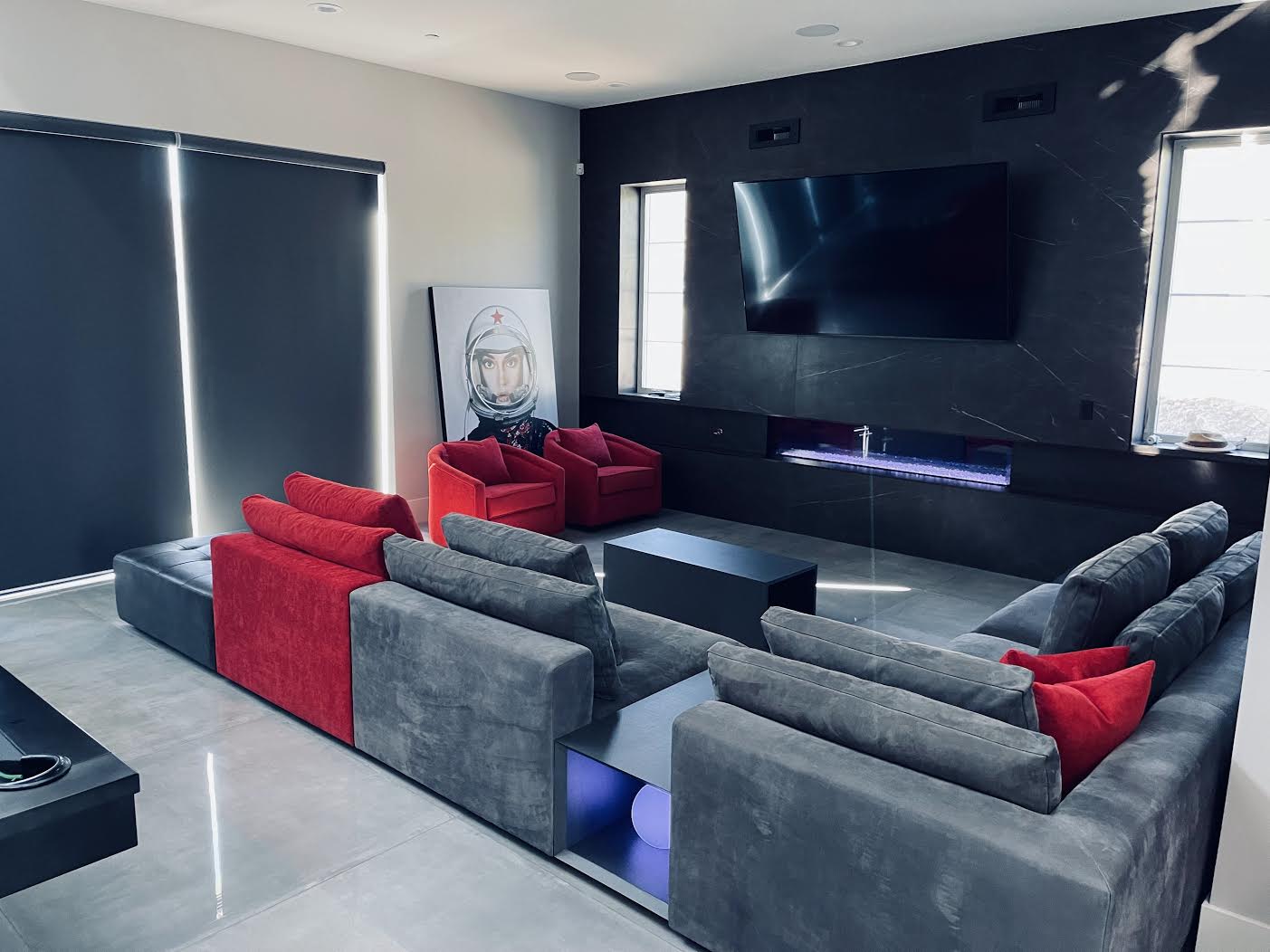
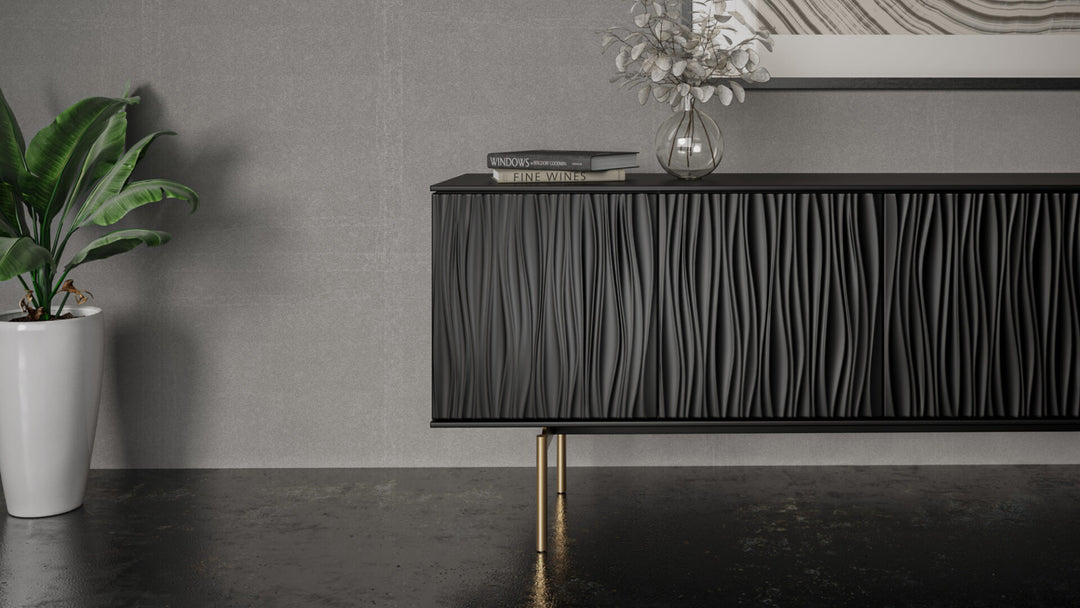
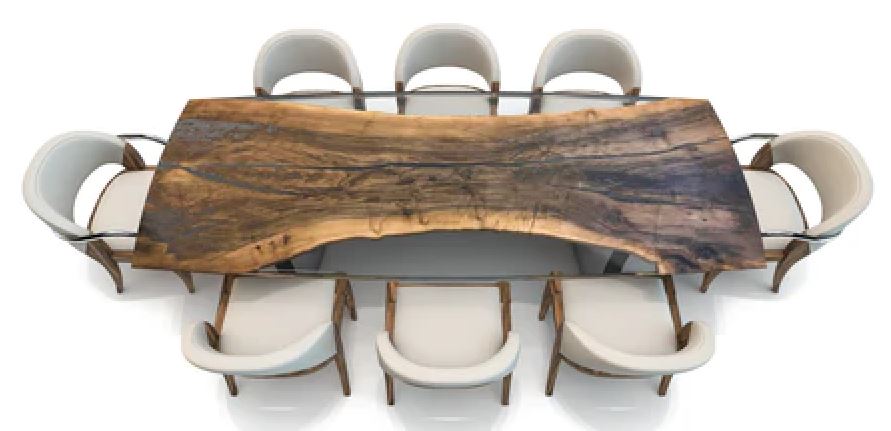
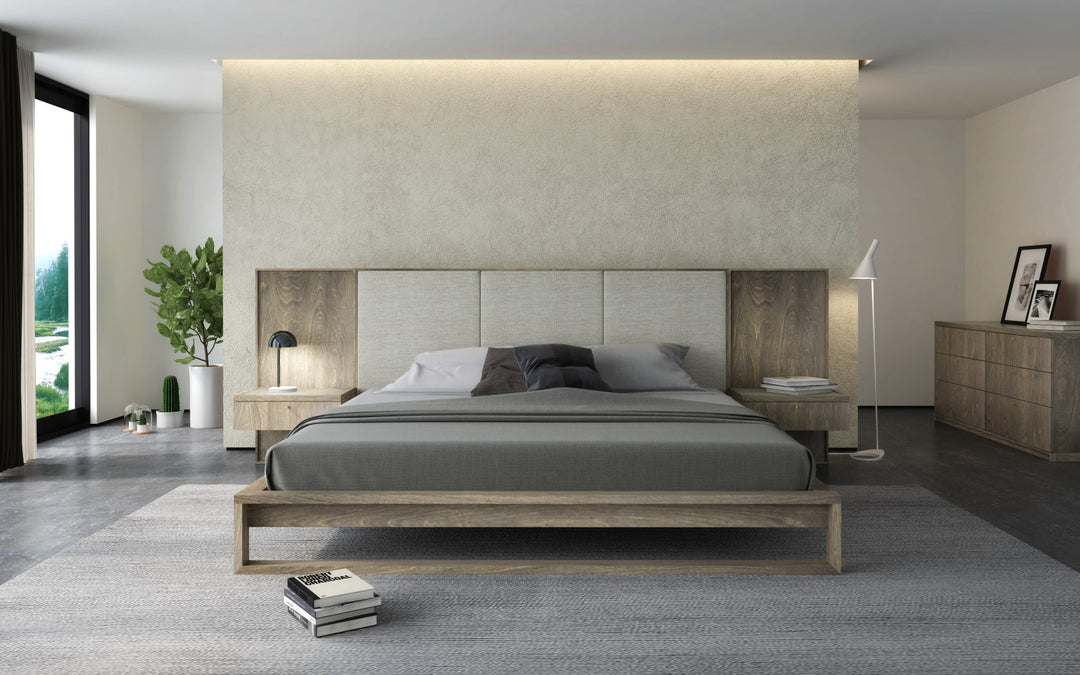

Leave a comment